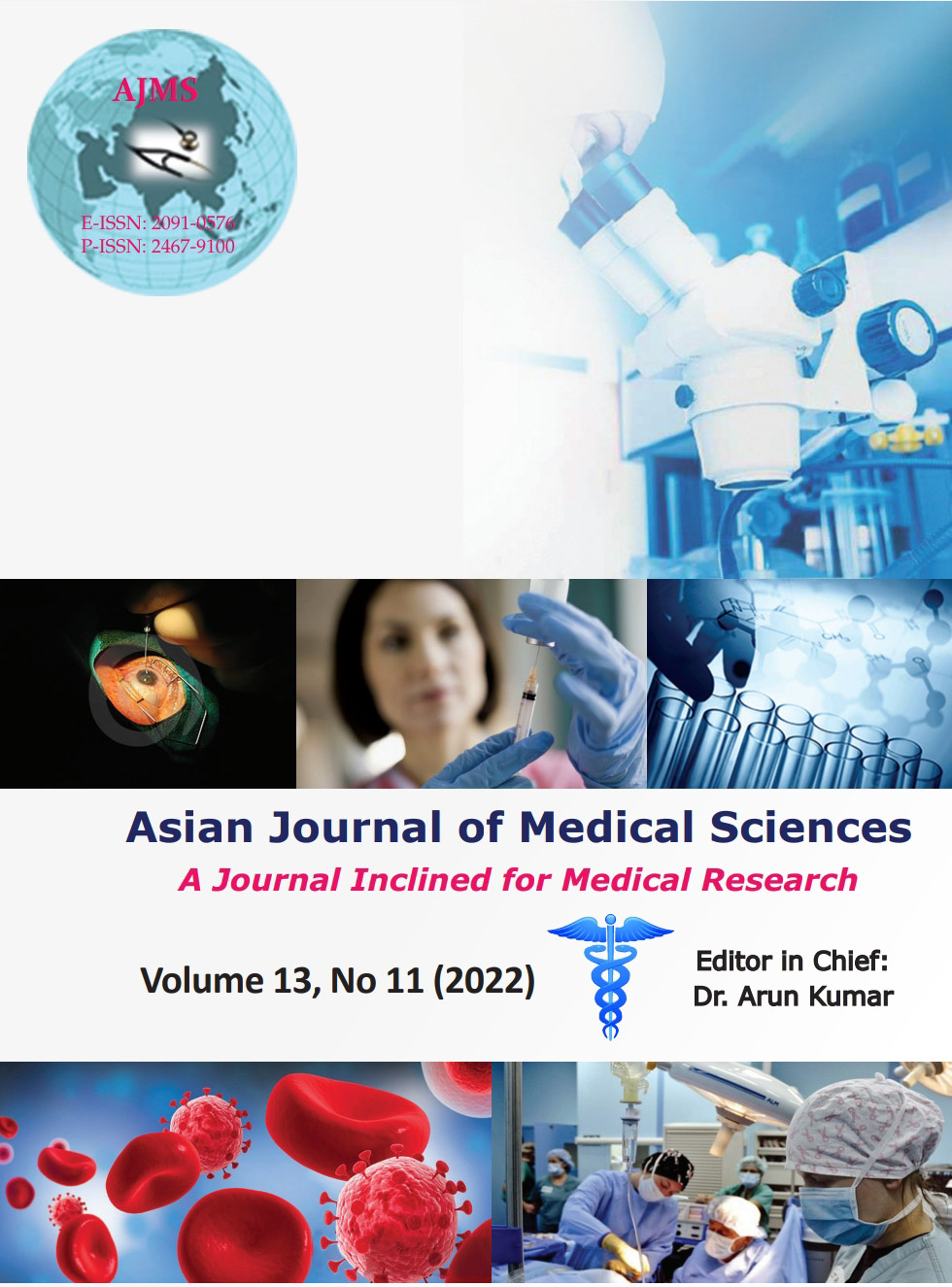Methicillin-resistant Staphylococcus aureus causing ocular infections in a tertiary care center in north India
Keywords:
Staphylococcus aureus; MRSA; Ocular infections; Antimicrobial susceptibilityAbstract
Background: Methicillin-resistant Staphylococcus aureus (MRSA) is often the cause of serious ocular infections that are difficult to treat, and these ocular infections are a significant public health problem.
Aims and Objective: The study aimed to determine the prevalence and antimicrobial susceptibility pattern of MRSA in ocular infections.
Materials and Methods: The patients were recruited from the outpatient and inpatient departments from July 2018 to February 2021 from the Institute of Ophthalmology and study was done in the Department of Microbiology, JNMC, AMU, Aligarh (UP). MRSA was identified by Cefoxitin disk diffusion
method. Polymerase chain reaction was used for detection of mecA gene.
Results: Seventy-six S. aureus were found in 350 patients with clinically suspected various bacterial infections. Among all S. aureus, 41 (53.94%) were MRSA. Maximum 10 (24.4%) MRSA were isolated from lacrimal apparatus infection followed by 7 (17%) in lid infection, and 6 (14.6%) in keratitis. All MRSA isolates were positive for mec A gene. MRSA isolates showed 85.3% sensitivity to amikacin and 100% to vancomycin. Fluoroquinolones showed resistance to the majority of MRSA strains.
Conclusion: MRSA is the main pathogen of ocular infections, resistant to a wide range of antibiotics. The monitoring of antibiotic sensitivity patterns, regular surveillance of associated ocular diseases, and strict antibiotics policy should be followed in an institute.
Downloads
Downloads
Published
How to Cite
Issue
Section
License
Copyright (c) 2022 Asian Journal of Medical Sciences

This work is licensed under a Creative Commons Attribution-NonCommercial 4.0 International License.
Authors who publish with this journal agree to the following terms:
- The journal holds copyright and publishes the work under a Creative Commons CC-BY-NC license that permits use, distribution and reprduction in any medium, provided the original work is properly cited and is not used for commercial purposes. The journal should be recognised as the original publisher of this work.
- Authors are able to enter into separate, additional contractual arrangements for the non-exclusive distribution of the journal's published version of the work (e.g., post it to an institutional repository or publish it in a book), with an acknowledgement of its initial publication in this journal.
- Authors are permitted and encouraged to post their work online (e.g., in institutional repositories or on their website) prior to and during the submission process, as it can lead to productive exchanges, as well as earlier and greater citation of published work (See The Effect of Open Access).




